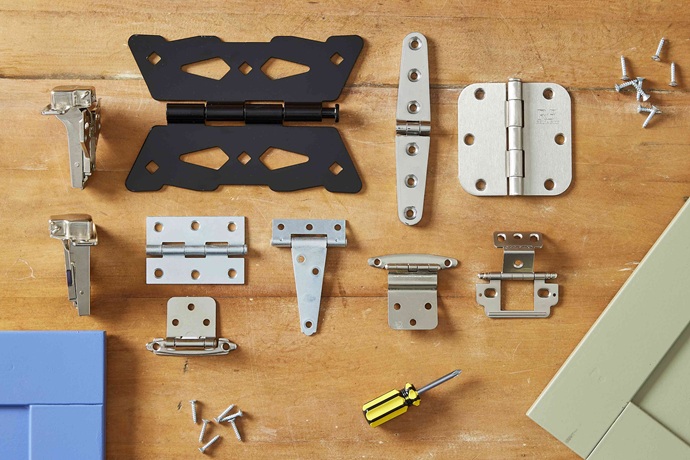Regardless of whether you are hanging pictures or a mirror on the wall, laying floor tiles or framing out new walls when renovating in your home, laser levels will make your job so much easier. They help users demarcate a straight line more accurately than it has been possible years ago. If you have ever tried lining up the bottoms of two paintings to spread farther apart than that on a wall, then you know how frustrating this can be without having the right tools for the job.
But before shopping, make sure to get well informed on all the different types of laser levels, and how they differ from one another. The most popular types include: cross line lasers, rotary lasers and dot lasers.

Cross Line Lasers
These are point-to-point lasers that can shoot multiple vertical and horizontal laser lines by using LED diodes over a distance of 20 to 30 metres. They’re best suited for indoor use and often include plumb down and plumb up capabilities. Newer models include pulsing light technology that works with a light detector which broadens their use outdoors and in bright indoor spaces. You can choose to turn off the vertical or horizontal lines independently, which makes these lasers very versatile.
Rotary Lasers
Rotary lasers project a rotating dot which creates a 360 degree line. They use a detector as well to read the laser lines over long distances. Most models have single line generators and plumb down, plumb up capabilities. Rotary lasers are ideal for outdoor work, such as laying foundations, grading roads or laying pipe. These lasers are the most expensive type of laser levels and they can cost from several hundred up to a few thousand dollars. Self-leveling and manual options are available, and they can be remotely controlled. There are some large models designed for foundation and grading work, so they need to be mounted on a tractor or a platform.
Dot Lasers
Dot lasers project a simple point which can be square, level or plumb. There’s a wide variety of models, the cheaper ones being most suitable for indoors while the higher-end models can be used outdoors. Usually, the higher the price tag of the product, the better its quality will be. So shop smart and choose one that will be of good use to you for many years to come.
Laser levels enable contractors and engineers to lay out site designs or buildings more accurately and faster than ever, with less manual labor. In some industries, such as shipbuilding and airline, laser levels provide real-time feedback, comparing the layout to the CAE/CAD files. Some of them even feature Bluetooth wireless technology, allowing engineers to transmit dimensions to a mobile device, providing site-specific information right then and there.



